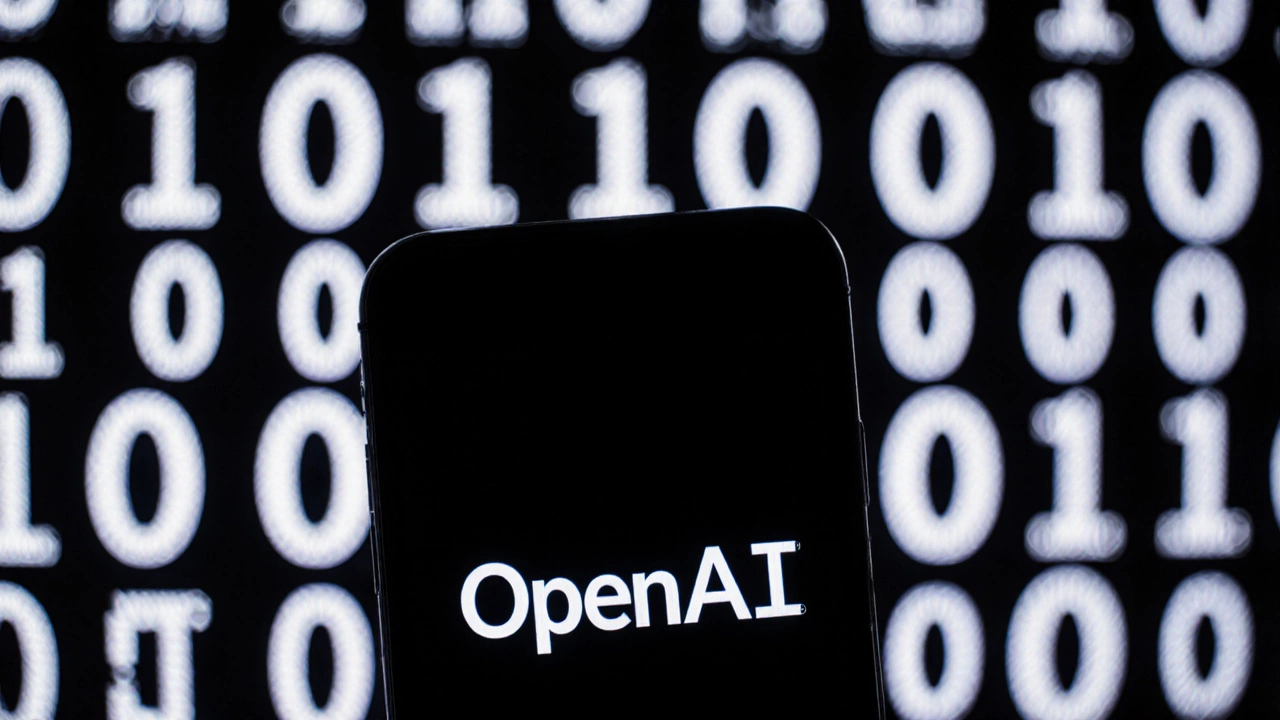Technology – AI Chip News, AMD, OpenAI & Emerging Trends
When talking about Technology, the collection of tools, processes and ideas that drive progress in every field, you instantly think of things that change how we live, work, and play. Technology isn’t just gadgets; it’s the whole system that lets us build smarter games, train harder, and reach fans instantly. In today’s fast‑moving world, AI, artificial intelligence that learns from data and makes decisions sits at the heart of that system, powering everything from virtual coaching assistants to live‑stream analytics.
AMD, a leading semiconductor company known for CPUs and GPUs, Advanced Micro Devices is making waves by teaming up with OpenAI, the research lab behind ChatGPT and advanced AI models on a multi‑year chip supply deal. This partnership means the new MI300X, AMD’s high‑performance AI accelerator will feed OpenAI’s training workloads, challenging the long‑standing dominance of Nvidia, the market leader in AI‑focused GPUs. The move reshapes the technology landscape: Technology now includes more competitive AI hardware options, developers gain cheaper access to power, and the speed of innovation accelerates.
These shifts create a clear semantic chain: Technology encompasses AI hardware, AI hardware requires cutting‑edge chips, AMD’s new MI300X influences AI hardware, and OpenAI’s demand drives AMD’s market impact. In plain terms, the more powerful the chip, the smarter the AI, and the smarter the AI, the more exciting the apps for young athletes—think real‑time performance analysis, personalized training plans, and virtual opponents that adapt on the fly. The ripple effect reaches schools, clubs, and even backyard games, because the same tech that fuels a data center can sit in a laptop used by a teenager practicing their swing.
For anyone following the tech buzz, it’s useful to break down the key players and concepts you’ll see across our articles. First, there’s the chip itself—AMD’s MI300X blends CPU and GPU cores, delivering up to 12 teraflops of AI compute, a figure that dwarfs last‑generation cards. Next, the AI models—OpenAI’s GPT‑4 style systems need that compute to process billions of text snippets and generate useful insights for coaches, like recommending rest days based on fatigue patterns. Then, the ecosystem—cloud platforms, edge devices, and software frameworks all talk to each other, creating a seamless pipeline from data capture (like a wearable sensor) to actionable feedback (a smartphone alert).
What does this mean for you, the youth sports enthusiast? It means you’ll start seeing apps that can instantly break down a sprint, compare it to historic data, and flag technique flaws before a coach even steps on the field. It also means more affordable, high‑performance gear, because competition among chip makers forces prices down. And with OpenAI’s tools becoming more accessible, you can ask a virtual assistant to design a week‑long drill schedule tailored to your team’s strengths.
Our collection below gathers the freshest stories on these topics: from the details of AMD’s multi‑billion deal to how AI is reshaping training routines, from hardware benchmarks to real‑world case studies in youth sports. Whether you’re a player, a coach, or just a tech‑curious fan, you’ll find practical takeaways and a clear picture of where technology is heading next.
Ready to dive into the specific articles? Scroll down to explore each post and see how today’s breakthroughs can power tomorrow’s victories.
OpenAI Picks AMD’s MI300X Chips in $4.9B Deal, Shaking Nvidia
OpenAI signs a $4.9 billion multi‑year chip deal with AMD, boosting AMD shares and challenging Nvidia’s AI‑hardware dominance.
Read More
